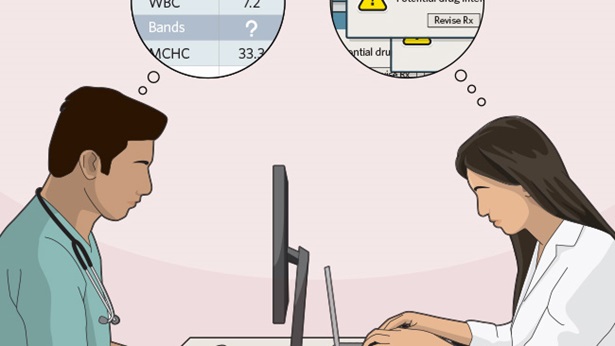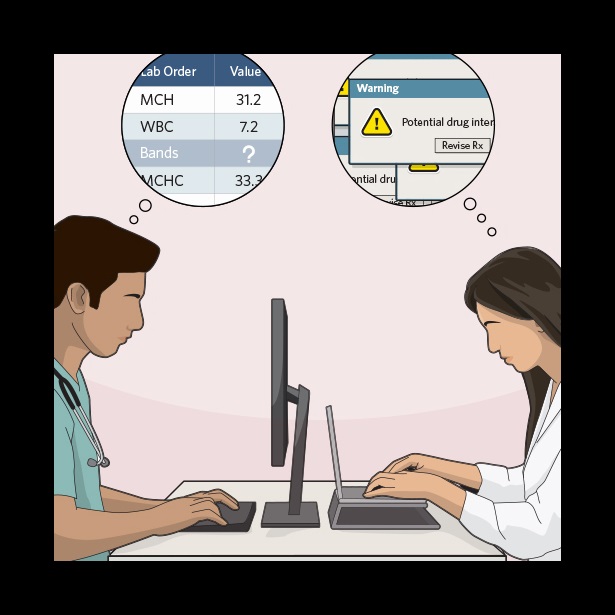Electronic Health Records—Safety and Usability
Electronic health records (EHRs) are intended to document and track patients’ medical information, but design flaws in these systems can lead to serious harm—such as medication errors—and delays in care and other inefficiencies.
In a best-case scenario, a patient may wait longer to receive needed medication, or his or her doctor may waste valuable time double-checking for system errors. In a worst case, that patient’s health could be put at risk. For example, drug dosing information in electronic records can be confusing, leading to errors in the amounts listed for prescribed medications. And because EHRs frequently raise inaccurate alerts, medical professionals can miss important warnings—so real dangers go unheeded.
Pew is working with doctors, hospitals, electronic health record vendors, and policymakers to improve EHR design, including enhanced testing and the creation of a multistakeholder effort to identify and address safety problems.










